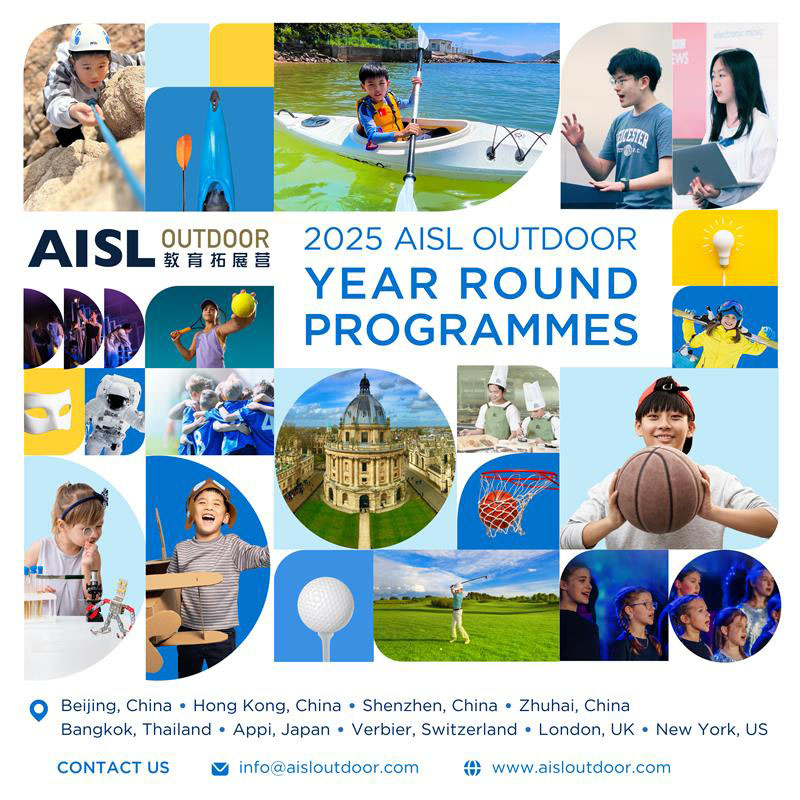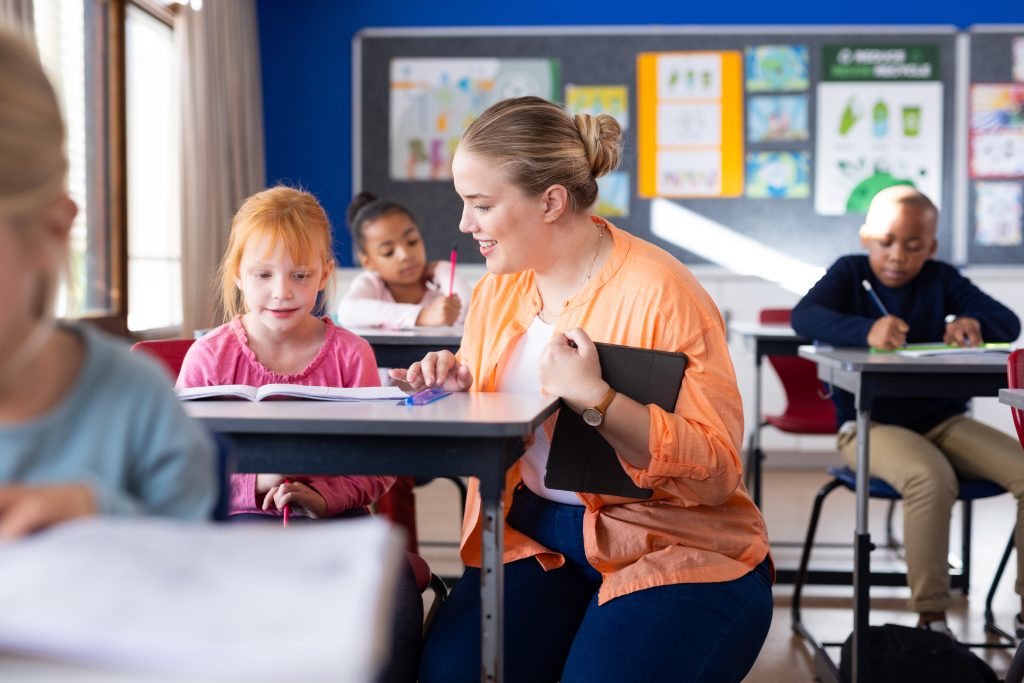Even the most caring, attentive parents can unintentionally create environments that contribute to rising anxiety in their children. In many modern households, a well-meaning focus on academic success, constant productivity, and high expectations may quietly erode a child’s sense of calm and confidence. Add to this the increasing exposure to global stressors, fast-paced routines, and constant digital stimulation, and it’s easy to see how stress can accumulate, often beneath the surface.
This article explores our take on everyday parenting habits that, while seemingly harmless or even helpful, can contribute to anxiety over time. From overscheduling and overprotecting to avoiding difficult conversations or modelling worry, we’ll help you spot patterns that might be affecting your child’s mental well-being, and offer small, practical shifts to support a more emotionally secure home environment.
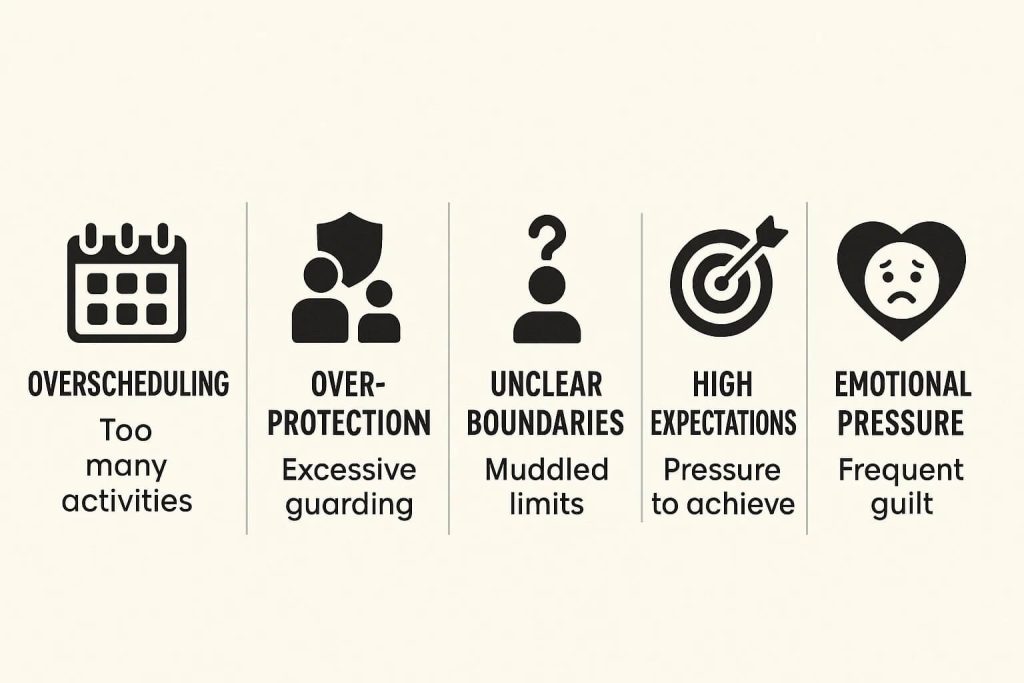
Overscheduling and the Loss of Downtime
Modern family life can feel like a race from one activity to the next. While enrichment activities, music lessons, sports, language classes, certainly offer value, too much structured time can leave students overstimulated and emotionally fatigued.
When “busy” becomes overwhelming
For many families, the drive to provide every opportunity can backfire. A packed weekly schedule may unintentionally deprive children of the unstructured time they need for creative play, self-reflection, or simple rest. Studies have shown that excessive time pressure correlates with increased anxiety symptoms in students, especially those in high-achieving environments.
Space to breathe
Downtime isn’t wasted time. In fact, it’s essential for emotional regulation and cognitive development. Parents can help by:
- Protecting a few unscheduled afternoons or evenings each week.
- Letting children choose how they spend free time without interference.
- Modelling their own balance between work, rest, and leisure.
Recognising the difference between healthy stimulation and overcommitment is key. A slower pace often gives children room to better process their experiences, reduce stress, and develop resilience.
Unintentional Pressure to Achieve
Parents naturally want the best for their children, but even well-meaning encouragement can sometimes translate into pressure. For many students, the need to “do well” becomes less about learning and more about meeting expectations they feel they can’t control.
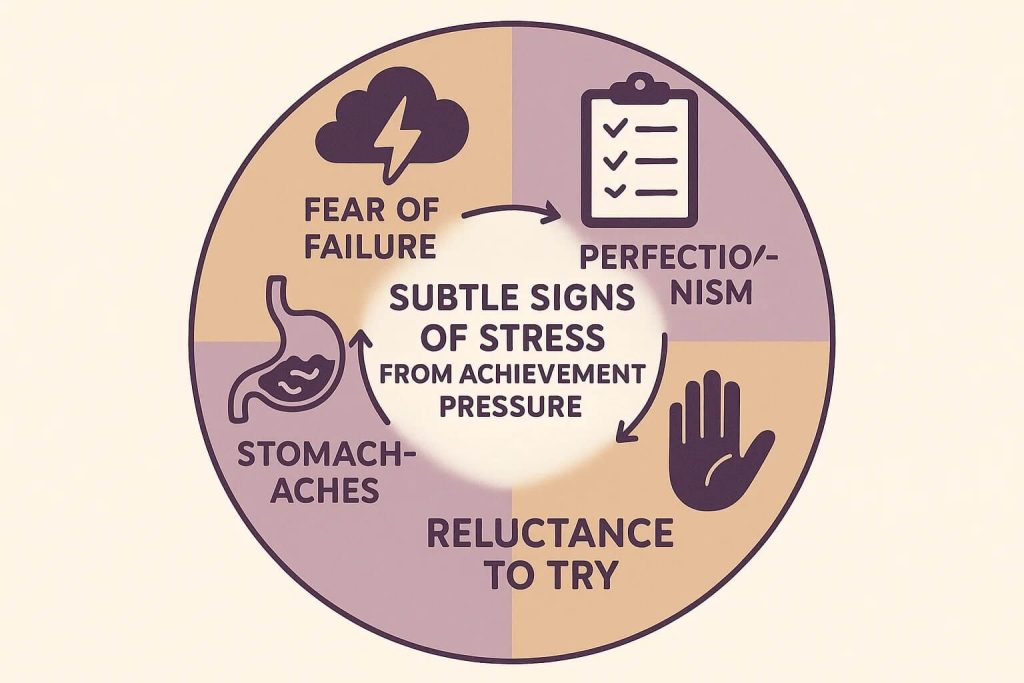
Subtle signals that create stress
Children are highly attuned to the messages adults send, both spoken and unspoken. Frequent comparisons with siblings, constant praise for only high marks, or disappointment over small mistakes can contribute to a child internalising the belief that love or approval is conditional on achievement.
This can lead to:
- Fear of failure or making mistakes.
- Avoidance of challenges for fear of “getting it wrong”.
Perfectionist tendencies and self-criticism.
Shifting the focus
To reduce anxiety and build intrinsic motivation, parents can:
- Celebrate effort, not just outcomes.
- Ask questions like, “What did you enjoy learning?” instead of “What grade did you get?”
- Normalise setbacks as part of growth.
Overprotection and Fear-Based Messaging
Children naturally look to adults to help them assess risk, build resilience, and understand their surroundings. But when everyday concerns are framed through constant warnings or worst-case scenarios, anxiety can quietly take root.
The impact of overprotection
While it may stem from love and concern, overprotectiveness can send an unintended message: “The world is unsafe, and you might not be able to cope”. Over time, this can lead to a lack of confidence, fear of failure, and avoidance of new experiences.
For example, frequently saying things like “Be careful!” or “That’s dangerous!” without context can heighten a child’s perception of risk in ordinary situations. Studies have shown that children raised in environments where anxiety is modelled by caregivers are more likely to develop anxious behaviours themselves.

Reframing the narrative
To counter this, it helps to:
Offer realistic reassurance: Instead of “That’s scary,” try “It’s new, and it’s okay to take your time.”
Encourage problem-solving: Support children in navigating challenges rather than removing obstacles entirely.
Use ‘safe risks’ as learning tools: Whether climbing a tree, speaking in public, or navigating a new social situation, these moments build trust in their own ability to cope.
Lack of Routine and Unclear Boundaries
It’s tempting to view flexibility as freedom, but too much unpredictability can leave students feeling unanchored. Structure, far from being restrictive, actually provides a framework that supports emotional stability.
Why routines matter
Daily rhythms, such as consistent mealtimes, regular sleep schedules, and predictable transitions, help children feel secure. When students know what to expect, their brains are free to focus on learning, socialising, and self-regulation rather than constantly assessing what’s coming next.
For instance, studies in developmental psychology consistently highlight the benefits of routines in lowering cortisol (a stress hormone) and promoting resilience in childhood.
Unclear boundaries and anxiety
Boundaries are not about control, but communication. When limits are inconsistent or not explained, students may internalise this as uncertainty in their environment, which can manifest as anxiety, resistance, or withdrawal.
Instead, parents can:
- Be consistent and calm when setting expectations.
- Explain the why behind rules to build understanding, not just compliance.
- Follow through gently but firmly, so children know their world has safe, predictable limits.
High Expectations Without Emotional Safety
While many parents are motivated by a desire to see their children succeed, there’s a delicate balance between encouraging growth and unintentionally fuelling anxiety. The key lies in coupling expectations with emotional safety.
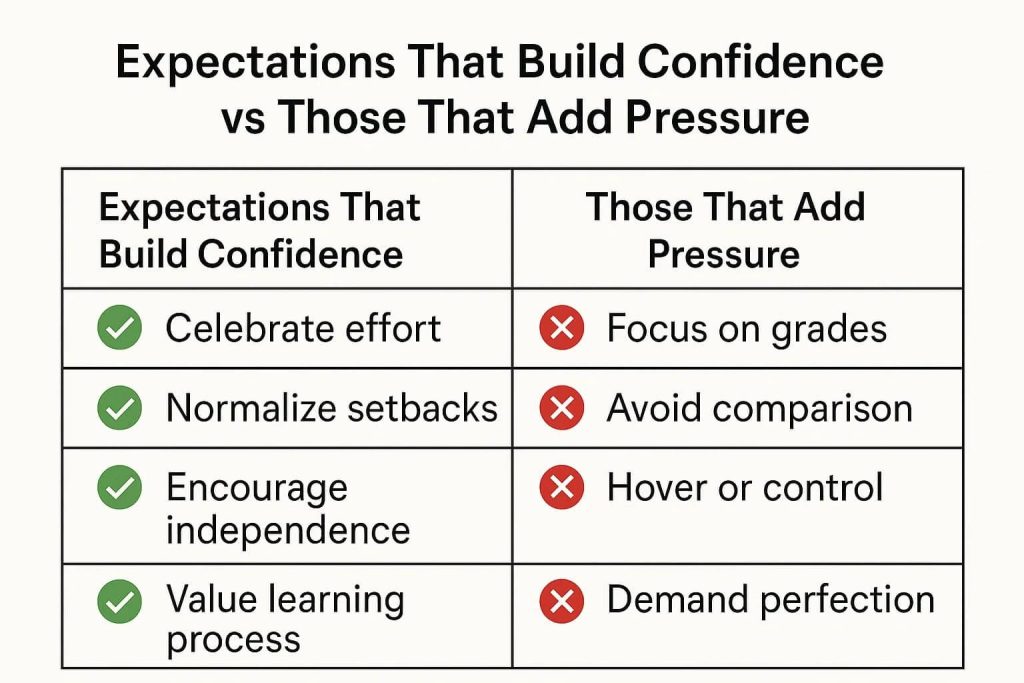
Pressure to perform vs. motivation to grow
There’s a clear difference between healthy motivation and overwhelming pressure. Repeatedly focusing on grades, test scores, or comparisons with peers can lead students to equate their worth with achievement. Over time, this mindset can erode confidence and heighten performance anxiety.
Rather than setting the tone with statements like “You need to be top of the class”, try:
- Celebrating effort and perseverance, not just results.
- Discussing setbacks as learning moments rather than failures.
Asking open-ended questions like “What did you learn from that?” or “What would you try differently next time?”
Creating a buffer of trust
Emotional safety is built when children feel unconditionally accepted, especially when they fall short. When home becomes a space where they can express struggles without fear of judgement, they’re far more likely to stay motivated and resilient.
Research has found that students who felt supported emotionally by their families were much less likely to report school-related anxiety.
Supporting Healthy Mindsets at Home
The habits we model and the environments we create have a profound influence on how students manage stress and develop resilience. While no parent is perfect, becoming more aware of subtle behaviours, like constant rushing, over-scheduling, or unknowingly projecting worries, can help families make small adjustments that protect mental wellbeing.
By choosing connection over control, empathy over pressure, and presence over perfection, parents can help students navigate challenges with greater confidence and calm. For more resources on nurturing strong family dynamics and emotional wellbeing, visit AISL Mall.
Curriculum and Guides that may be of interest:
Get a special discount by quoting code AISLMALL during CHECKOUT.
3Education: StoryTellAR

StoryTellAR is an online and remote platform designed specifically to connect offline materials seamlessly with interactive digital content, using Computer Vision (Augmented Reality). With a user-friendly user interface, curators can use their mobile phone to associate audio recordings, videos and other digital interactions such as audio, AR video plane and URL to any artworks. The corresponding digital content customized by their very own creators will pop up, making the book seamless, personalized and effective.
AlGreen: E-book

AlGreen is at the forefront of developing microalgae technology for air purification and carbon capture, driving a sustainable future. AlGreen’s ebook introduces young learners to biology’s wonders and its role in sustainability. Covering cellular and plant biology, climate science, and future biotech like carbon capture and renewable energy, it inspires environmental stewardship and a passion for protecting our planet.
Chinese 1-2-Tree: Leveled Reading Platform For Pre-k To Grade 8

Chinese 1-2-Tree is a unique leveled reading interactive learning platform designed to provide progressive leveled reading starting with 20 basic characters. Chinese 1-2-Tree offers literacy essentials for every PreK-8 Chinese classroom. We offer a complete solution for reading instruction and student practice, perfect for use in class and at home. Rely on our easy-to-use resources to build foundational skills and strengthen reading comprehension.
Codementum: Gamified Coding Training Platform and Coding Curriculum

Codementum offers a fun, interactive platform to teach kids coding through block-based and text-based languages like Python and JavaScript. Kids learn to create mobile games, apps, and AI projects at their own pace, with gamified courses, self-guided challenges, and resources for all experience levels.
NovaAcademy: Ready-to-Go Curriculum Sets

Novalearn Limited is an EdTech company transforming education by seamlessly integrating machine learning, studio-produced edutainment, and quality STEAM education aligned with international K-12 curricula. All the teaching resources you need for fun and enriching classes, created by the NovaLearn team of experienced educators and industry experts. Each curriculum set includes Project lesson plans, Engaging videos, Interactive activity sheets and Skill-building exercises
Oxford University Press Cambridge IGCSE/O Level/AS & A Level Exam Success Revision Guides
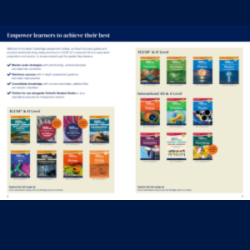
Oxford University Press is a department of the University of Oxford. It furthers the University’s objective of excellence in research, scholarship, and education by publishing worldwide. Cambridge Exam Success Guides from Oxford University Press provide unique exam support and revision guidance for Cambridge IGCSE & O Level and AS & A Level students. Matched to the latest Cambridge assessment criteria. Perfect for use alongside Oxford Resources for Cambridge Student Books or as a standalone resource for independent revision.
SAM Labs: STEAM Pathway Schoolwide Annual Subscription
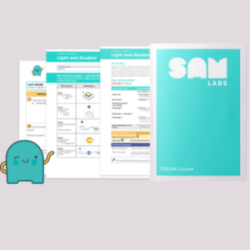
SAM Labs, an award-winning EdTech company, empowers over 9,000 schools in 60+ countries with innovative Coding and STEAM tools. Students create projects like smart city lighting and solar habitats while meeting curriculum standards, inspiring problem-solving and fostering teacher creativity.






